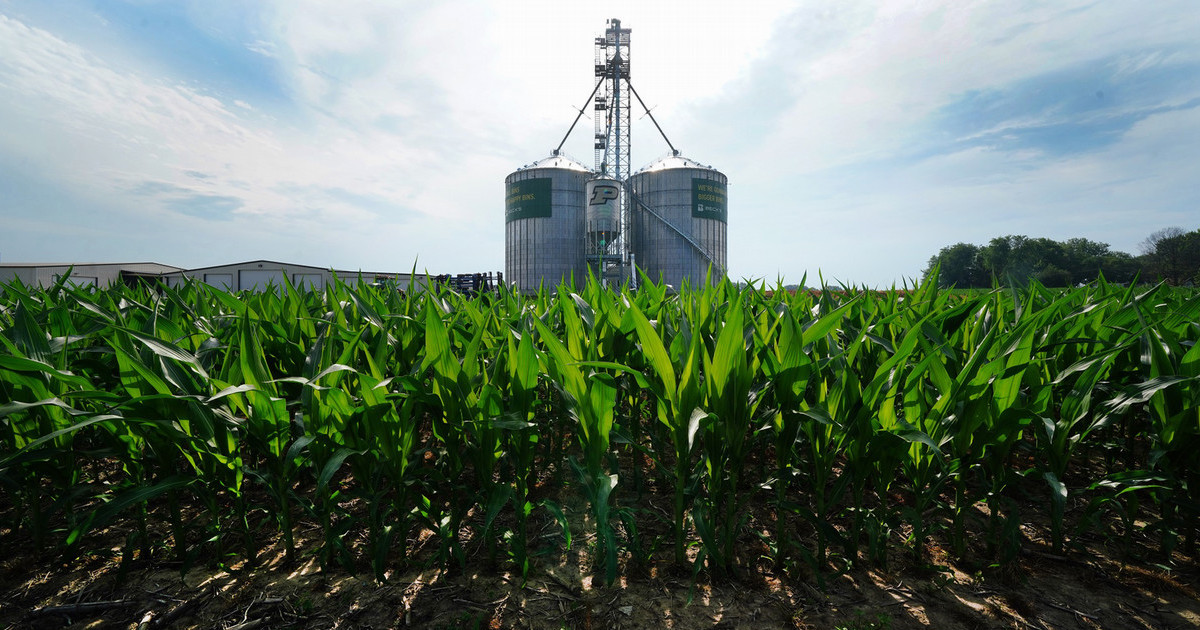Diversity = Prosperity

~by Michael Wilcox
Assistant Director and Program Leader for Community Development / Purdue Extension
Associate Director / North Central Regional Center for Rural Development (NCRCRD)
Summer is over, and fall is finally here.
Fall is my favorite season. Crisp air, falling leaves, harvest, and holidays. Time for family and friends. Here on campus, fall is a time for reconnecting, making new friends, and going into learning mode. Of all the seasons, fall signifies “community” to me more than any other…
The new Purdue Center for Regional Development website provides an interesting data point to consider. Here, we calculate a “Diversity Score” for every county in Indiana. This score measures the probability that two randomly selected people from a county belong to different race/ethnic groups. A score of one means that the people selected will always be from a different group, and a zero indicates that they will never be different.
Why does this matter? Further analysis shows that where counties are becoming more diverse (their score is rising over time) than the average, they are experiencing population gains and job growth that are higher than the state average. This is especially true in metropolitan counties (Bartholomew, Boone, Hamilton, Hendricks, Johnson, Tippecanoe, for example). And, in non-metropolitan counties, we observe outcomes similar to the findings from a recent report from our own Dr. Roberto Gallardo that found, by in large, rural counties lost fewer people due to the in-migration of foreign migrants. We see this trend in Cass, Clinton and Newton counties. In contrast, Daviess and Jackson counties have experienced above-average gains in diversity, population and jobs since 2010.
In terms of the political and cultural aspects, though, the diversity score data – and its change over time – offers an opportunity for reflection and action. First, examine your diversity score and then reflect on the people that hold office and represent you at the town, township, city, county, regional, and state levels. Do they reflect the diversity in your community? Why or why not? Obviously, these public servants are not randomly selected, so what factors are at play that result in public servant diversity (or lack thereof)? What can be done to promote the concept of representative democracy at the local level?
Concerning culture, there is research on the role of racism in forming public opinion in the United States and the interaction between ethnic diversity and social trust. Purdue Extension Community Development is addressing race relations alongside Land Grant institutions across the United States through the Coming Together for Racial Understanding program. Given the multidimensional nature of inequality in the United States, members of our team are reading The Spirit Level to examine how income inequality influences eleven different health and social issues. How do race and inequality affect health and social outcomes in your community? What can be done to foster racial understanding and address income inequality?
As we enter this new season, take time to learn, reflect, and act. Purdue Extension Community Development is here as you seek to strengthen your capacity to build a vibrant, inclusive, and sustainable community through our research-based resources.


